The introduction of 3D media in the 1950s and motion platforms in the 1980s were transformative technologies that changed the approach to themed attraction design. Within the past five years, the emergence of virtual reality (VR) has suggested that a similarly radical transformation is about to take place, especially once the technology takes the next jump forward with the emergence of augmented reality (AR).
The unique advantage of VR and AR for immersive storytelling is their flexibility as a platform. It’s best not to think of these technologies as a separate category of attraction design by itself, but rather as tools that can be mixed and matched with other technologies to create entirely new types of guest experiences, be it VR/AR roller coasters, motion simulators, or walkthrough experiences.
Thinkwell led the design of Lionsgate Entertainment World in close partnership with film studio Lionsgate, developer Lai Sun of Hong Kong, and park operator Village Roadshow, which opened one year ago in Zhuhai, China, and recently reopened to guests under revised health and safety guidelines. While full AR integration is still a few years away, the park’s development period overlapped perfectly with the initial rise of virtual reality as a new tool for attraction design, allowing it to become the first theme park designed with VR integration in mind from the very first blue sky idea sessions. The park opened with three separate innovative VR attractions: the interactive motion platform-based Twilight Saga: Midnight Ride; the immersive walk-through experience Divergent: Fear Simulator; and the first purpose-built VR roller coaster in the world, Gods of Egypt: Battle For Eternity. Each provided a fresh opportunity to push VR technology in ground-breaking directions for attraction design, and upon the recent reopening, guests are as excited as ever to experience the VR offerings at the park.
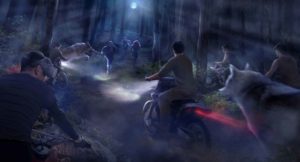
One of the challenges with VR is cost relative to capacity. Large theme parks require large audience capacity (1,000+ per hour) in order to move the throngs of visitors through attractions and ride, a fact that makes most current VR systems an impractical solution. Meanwhile, smaller FECs (Family Entertainment Centers) can’t shoulder the development costs to create custom VR experiences, and often need to go with off-the-shelf solutions instead.
Lionsgate Entertainment World fit neatly between these two extremes—larger and more immersive than an FEC, but with a smaller footprint than a traditional theme park—providing Thinkwell the opportunity to dream up big ideas for a more focused audience. The fact that the target audience would also be weighted toward technologically-connected young adults and families meant that this was the perfect opportunity to deliver some of the Lionsgate brand’s edgier story themes within an immersive virtual realm.
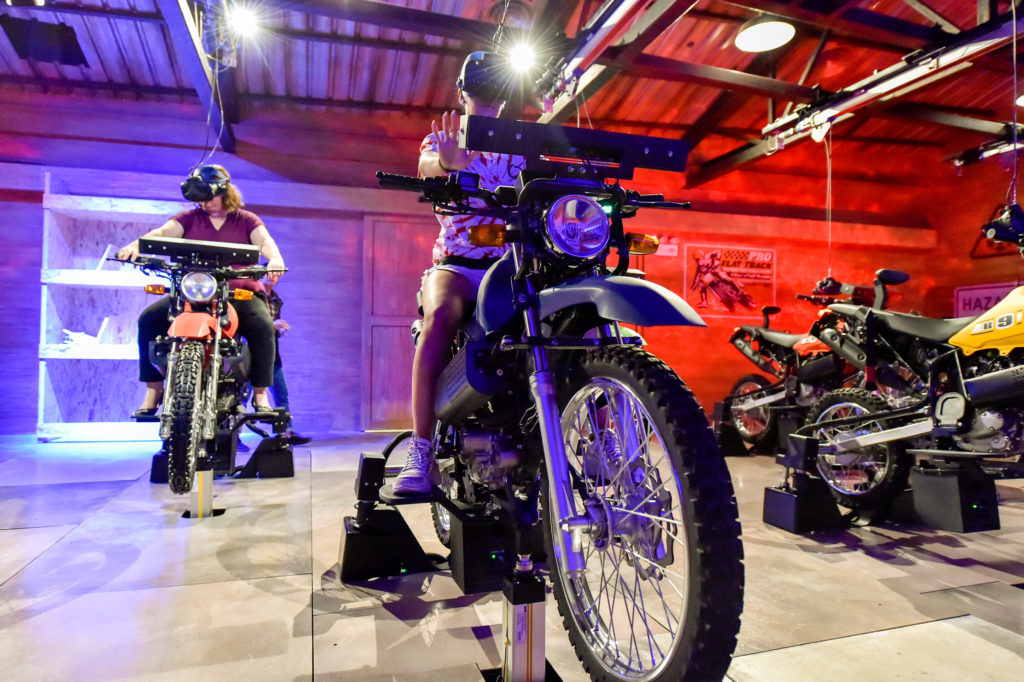
Combining virtual reality with simulator technology and game software is the highly popular Twilight Saga: Midnight Ride. Developed in close collaboration with the attraction engineers at CAVU Designwerks and Dreamcraft Attractions and the computer animation specialists at Framestore, Midnight Ride gives guests agency with the ability to choose their own path as they’re sent on an interactive motorcycle adventure alongside fan-favorite Twilight character Jacob Black and the rest of the wolfpack, including the ability to see other riders in VR along the way.
Guests climb aboard individual motorbikes, each with its own multi-axis motion platform hidden below. Once settled on their bikes, the VR headsets drop from the ceiling and click into a lightweight wearable frame. The transition from the physical attraction environment to the virtual world is designed to be seamless; guests can see and even gesture to their friends (in simulated racing gear) on neighboring bikes. This awareness of other riders is important to the story, because each individual controls their speed and direction so later on when they’re racing through the moonlit woods, guests will see their friends split off from the trail, speed ahead or fall behind, or even get attacked by the vampire Newborns, heightening the sense of peril and adventure.
While Midnight Ride sets the precedent for an all-new attraction category, Divergent: Fear Simulator evolves the current landscape of walk-through VR experiences. Combining forces with Framestore and the VR specialists at Noitom, Thinkwell and the attraction team set out to reimagine the possibilities of “walk-through VR” as not just focused on shooting or puzzle game mechanics, but crafting an emotionally gripping experience that greatly expands VR’s physical and technical boundaries.
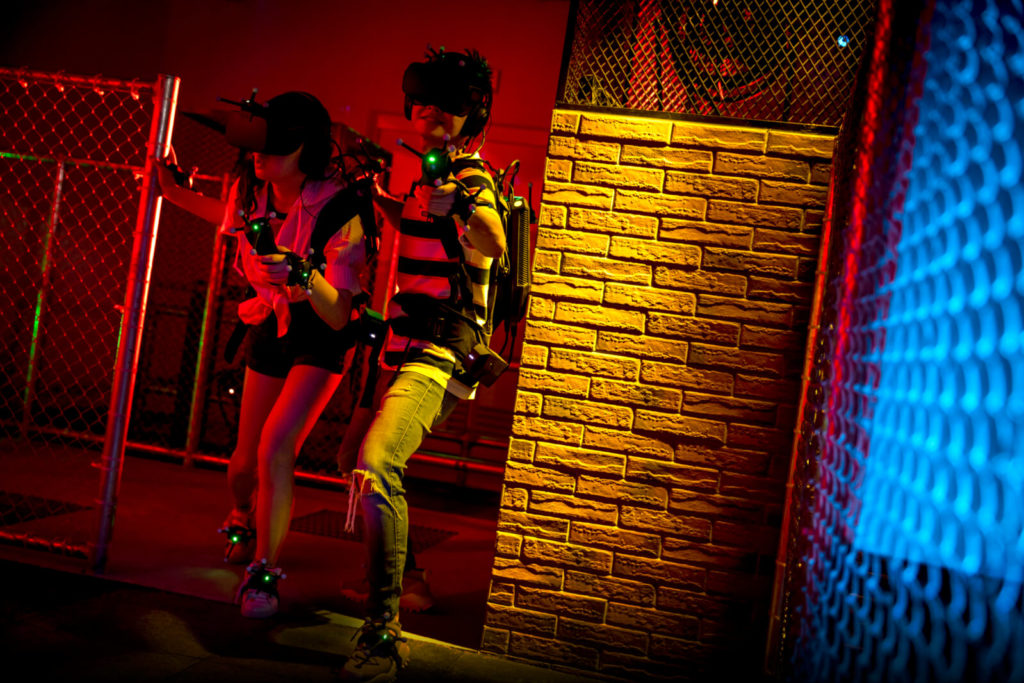 Inspired by the dream-like fear testing seen in the blockbuster Divergent films, guests are paired up, two at a time, and “neurally linked” to a simulation that challenges their fear of heights, darkness, and shifting realities. In order to reach a larger audience, Thinkwell designed a linear, multi-room experience, allowing operators to pulse guests through in multiple groups. While VR technology created the illusion of a much larger environment than the actual physical one, the design team went to great lengths to ensure that the physical and digital design were a perfect match. Pairing the digital world with a tactile environment creates an undeniably realistic experience wherein guests step across rickety, plywood boards between towering skyscrapers, navigate an abandoned bunker with surreal surprises, and work together to escape a mind-twisting nightmare, conquering one fear after another in Fear Simulator VR.
Inspired by the dream-like fear testing seen in the blockbuster Divergent films, guests are paired up, two at a time, and “neurally linked” to a simulation that challenges their fear of heights, darkness, and shifting realities. In order to reach a larger audience, Thinkwell designed a linear, multi-room experience, allowing operators to pulse guests through in multiple groups. While VR technology created the illusion of a much larger environment than the actual physical one, the design team went to great lengths to ensure that the physical and digital design were a perfect match. Pairing the digital world with a tactile environment creates an undeniably realistic experience wherein guests step across rickety, plywood boards between towering skyscrapers, navigate an abandoned bunker with surreal surprises, and work together to escape a mind-twisting nightmare, conquering one fear after another in Fear Simulator VR.
Finally, Gods of Egypt: Battle for Eternity opened as the world’s first fully bespoke VR roller coaster, with a layout custom-designed to exclusively support a VR experience. Constructing a thrilling and immersively themed roller coaster indoors is a challenge due to the added complexity of floor loads, columns, and other structural restrictions. Working with Mack Rides, Thinkwell quickly determined a powered coaster would provide the control and flexibility the team wanted, and combining it with custom VR headsets and integrated audio headphones opened an entirely new world of possibilities for the tight indoor space.
The powered coaster design also allowed for two discrete laps through the entire coaster circuit, one at slower speeds and then one at full speed – which the guest never realizes, since they’re immersed in the VR world as part of a battle between Egyptian gods. In this case, using virtual reality allowed for a roller coaster experience that is “twice as big, and twice the length” on half the footprint – a big coaster experience to match the enourous size and scope of the Gods of Egypt IP world, but on a much smaller footprint.
In each case, it was the storytelling that drove the attraction design, including the decision of when and how to use VR. While the technology is still evolving, and the introduction of AR in the near future promises even greater opportunities for attraction design, the varied uses of VR at Lionsgate Entertainment World indicates a multitude of possibilities for this tool when it finds the right application.
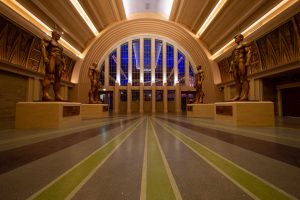

 When our team worked on early concepts for the
When our team worked on early concepts for the 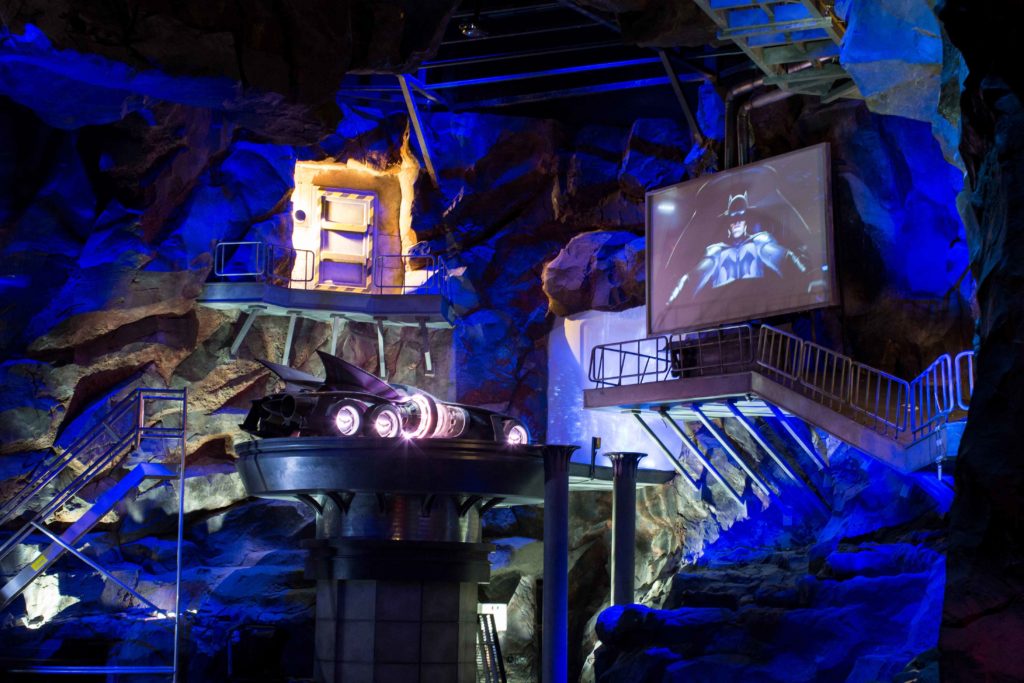 DC FanDome: Hall of Heroes transported fans into an epic world designed personally by Jim Lee and featured special programming, panels and exclusive reveals from DC films, TV series, games, comics, and more. On Saturday, September 12, fans will be able to enter DC FanDome: Explore the Multiverse. Fans can curate their own schedule via a scheduler tool. Unique content from multiple “islands” – DC FunVerse, DC InsiderVerse, DC KidsVerse, DC YouVerse, and DC WatchVerse – will be available for throughout the 24-hour period.
DC FanDome: Hall of Heroes transported fans into an epic world designed personally by Jim Lee and featured special programming, panels and exclusive reveals from DC films, TV series, games, comics, and more. On Saturday, September 12, fans will be able to enter DC FanDome: Explore the Multiverse. Fans can curate their own schedule via a scheduler tool. Unique content from multiple “islands” – DC FunVerse, DC InsiderVerse, DC KidsVerse, DC YouVerse, and DC WatchVerse – will be available for throughout the 24-hour period.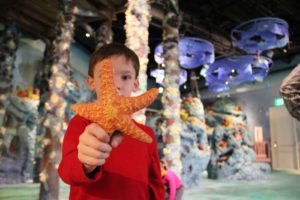
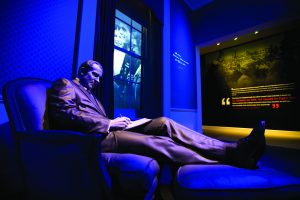
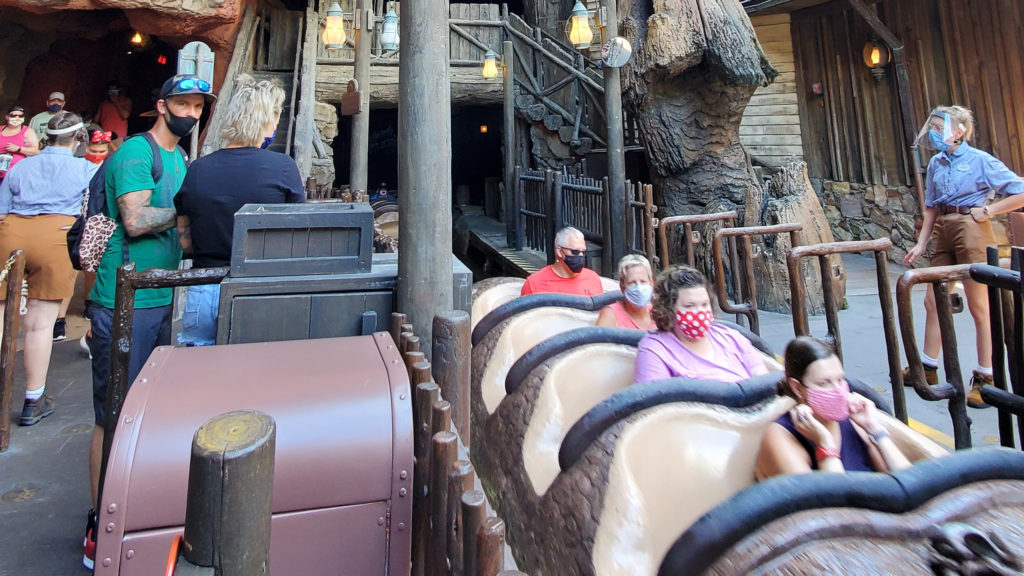
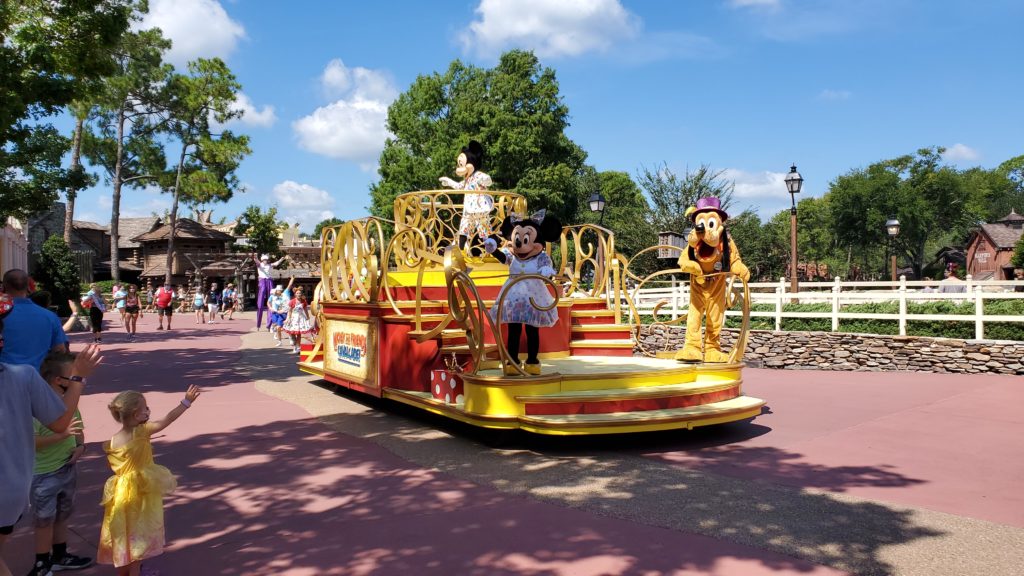
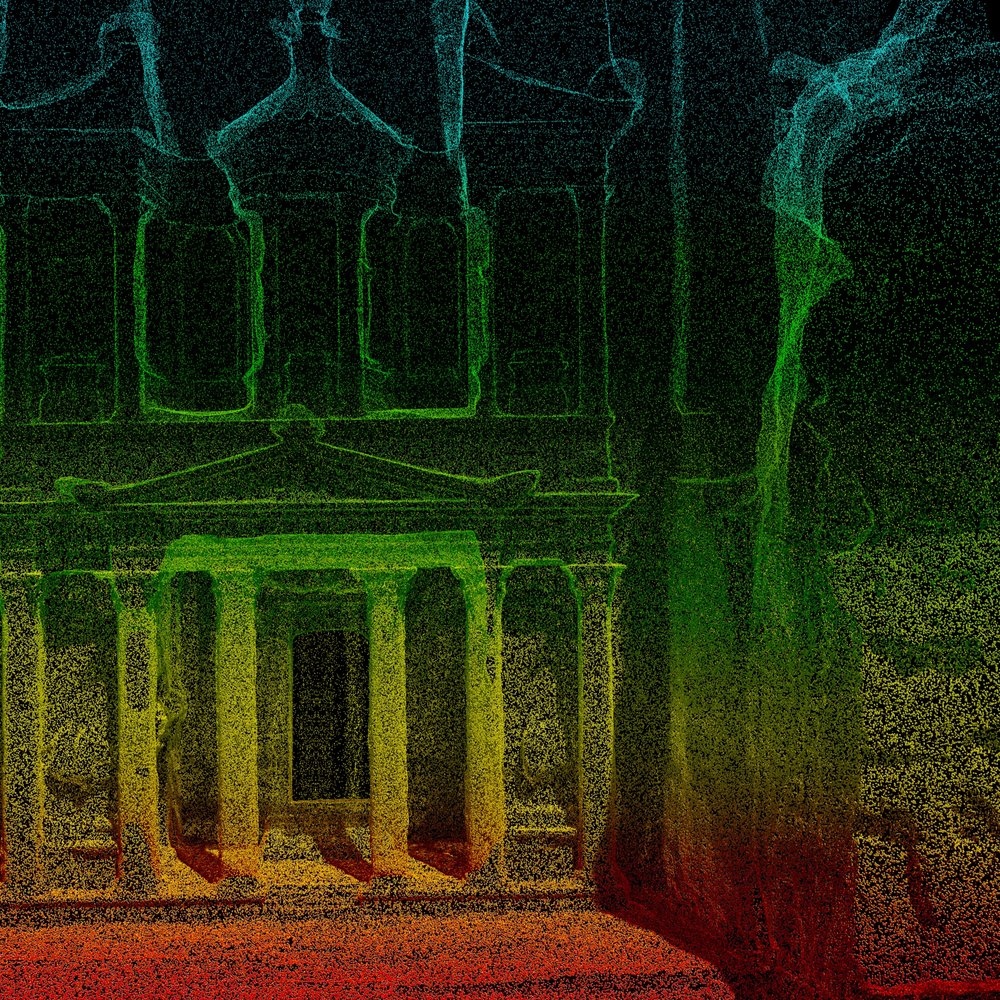
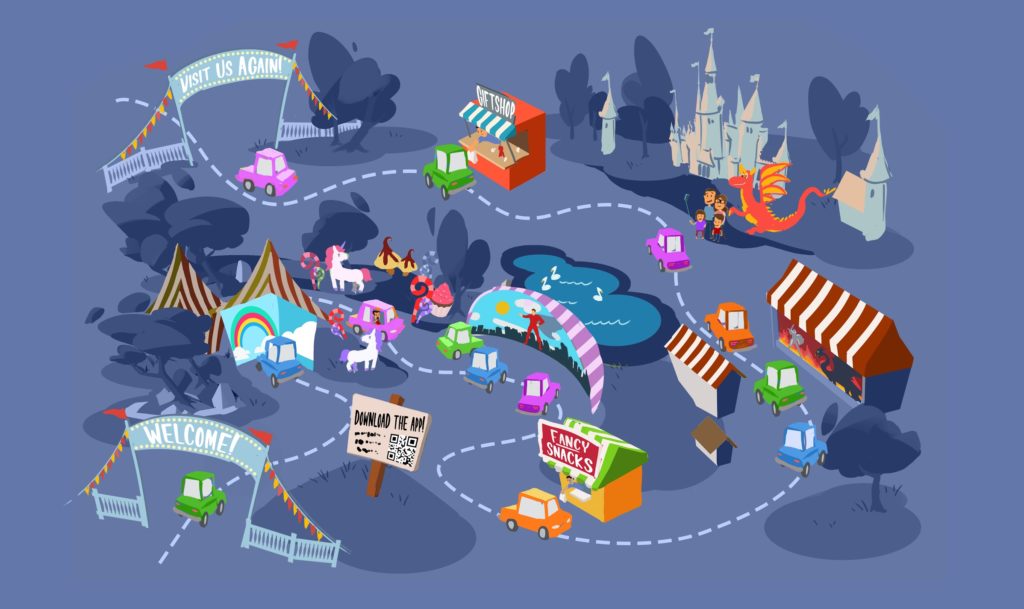 Project Motorcade
Project Motorcade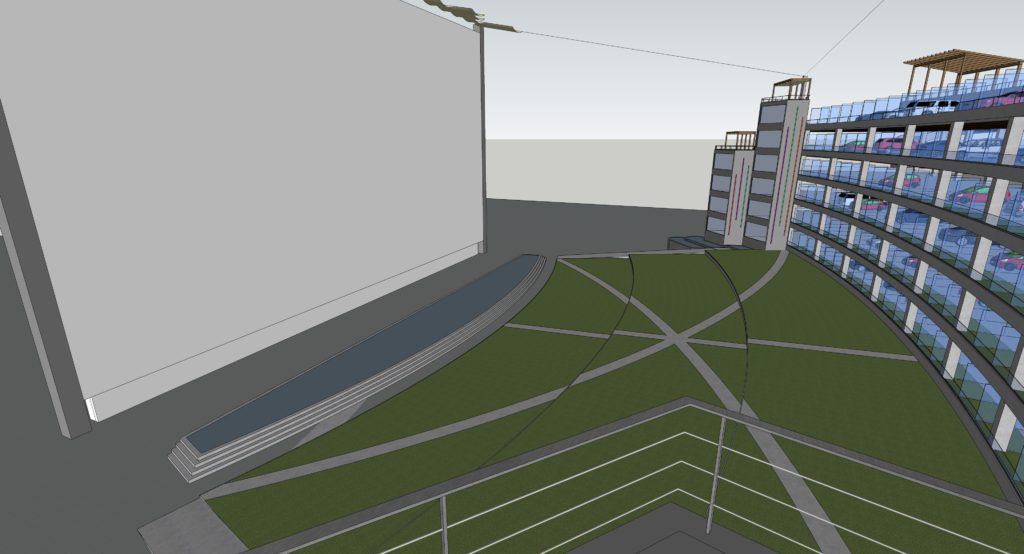
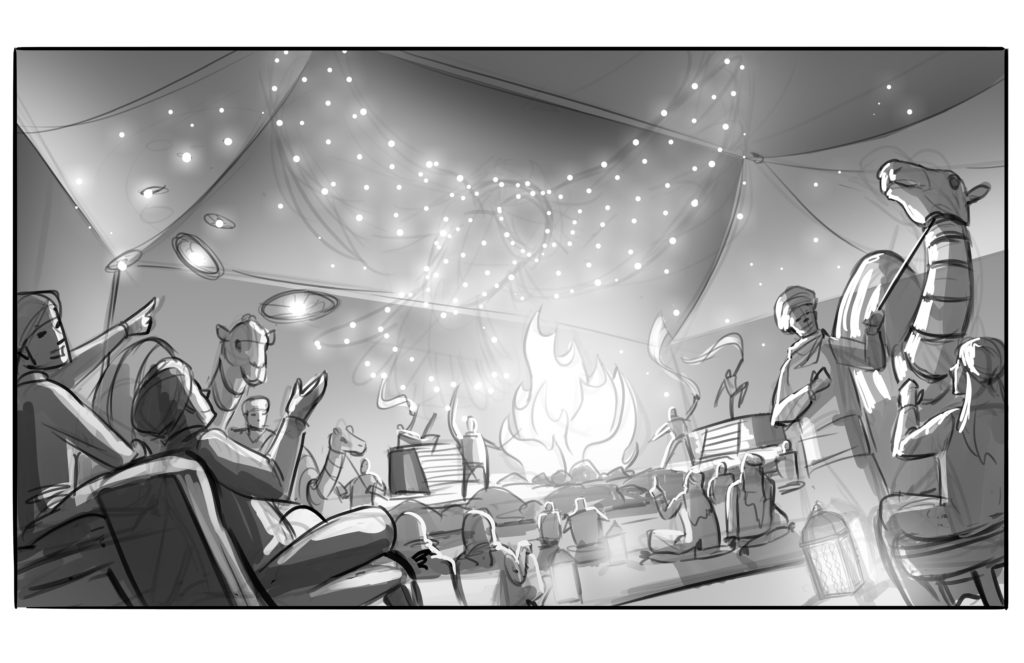






 Inspired by the dream-like fear testing seen in the blockbuster Divergent films, guests are paired up, two at a time, and “neurally linked” to a simulation that challenges their fear of heights, darkness, and shifting realities. In order to reach a larger audience, Thinkwell designed a linear, multi-room experience, allowing operators to pulse guests through in multiple groups. While VR technology created the illusion of a much larger environment than the actual physical one, the design team went to great lengths to ensure that the physical and digital design were a perfect match. Pairing the digital world with a tactile environment creates an undeniably realistic experience wherein guests step across rickety, plywood boards between towering skyscrapers, navigate an abandoned bunker with surreal surprises, and work together to escape a mind-twisting nightmare, conquering one fear after another in Fear Simulator VR.
Inspired by the dream-like fear testing seen in the blockbuster Divergent films, guests are paired up, two at a time, and “neurally linked” to a simulation that challenges their fear of heights, darkness, and shifting realities. In order to reach a larger audience, Thinkwell designed a linear, multi-room experience, allowing operators to pulse guests through in multiple groups. While VR technology created the illusion of a much larger environment than the actual physical one, the design team went to great lengths to ensure that the physical and digital design were a perfect match. Pairing the digital world with a tactile environment creates an undeniably realistic experience wherein guests step across rickety, plywood boards between towering skyscrapers, navigate an abandoned bunker with surreal surprises, and work together to escape a mind-twisting nightmare, conquering one fear after another in Fear Simulator VR.